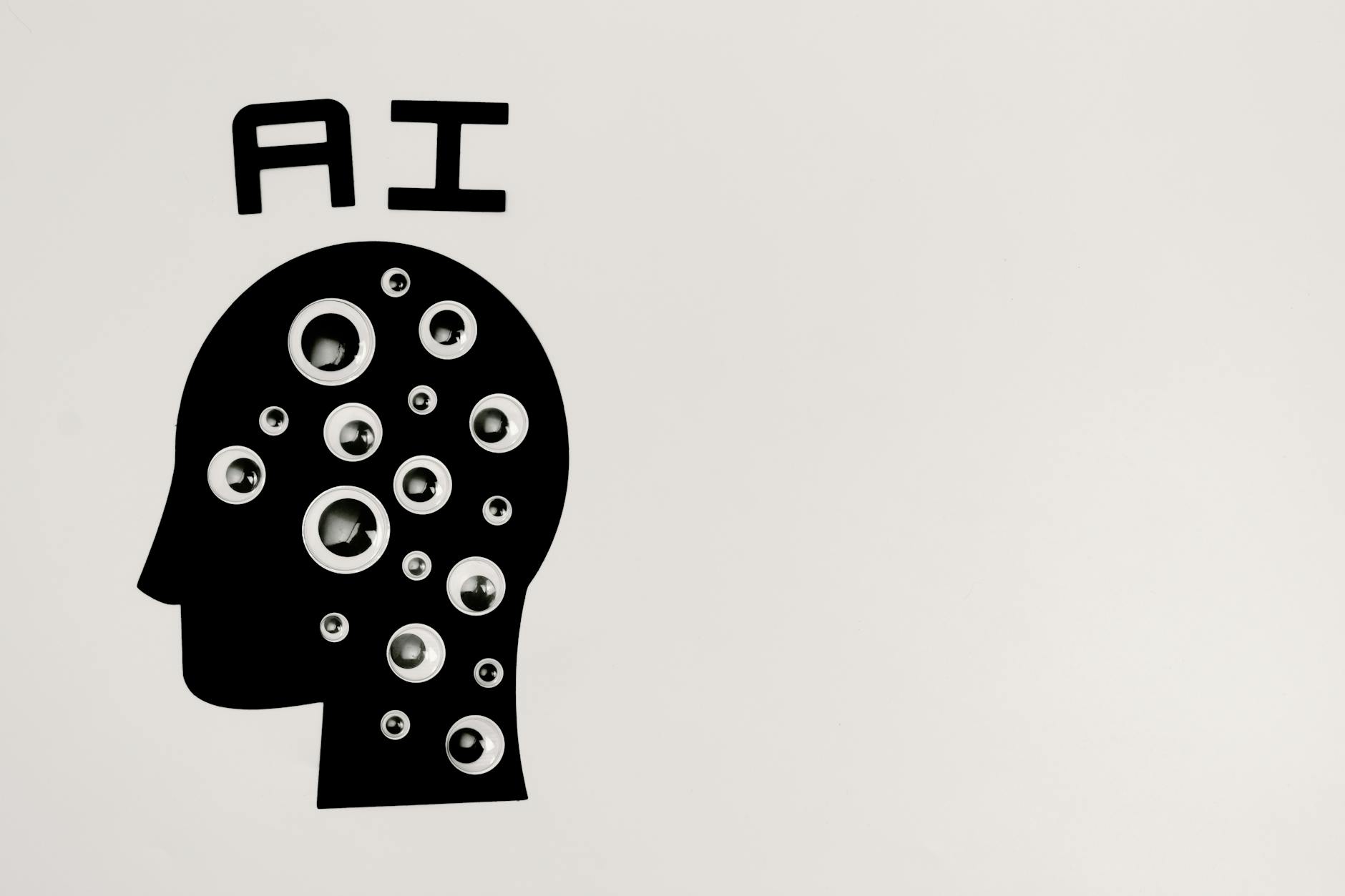The Future of Compliance: Using AI Audit Tools for Risk Management
The future of compliance is rapidly evolving as organizations strive to manage risk more efficiently and accurately. Traditional audit methods, often manual and time-intensive, are giving way to innovative technologies that leverage artificial intelligence (AI). AI audit tools are transforming risk management by automating data analysis, detecting anomalies, and predicting compliance breaches before they occur. In this article, we explore how AI is shaping the compliance landscape, the benefits it brings, core functionalities of AI audit tools, challenges to their implementation, and what the future holds for organizations that adopt these technologies. Understanding these aspects is key to staying ahead in a world where regulatory demands are becoming more complex and the cost of non-compliance continues to rise.
The rise of AI in compliance audits
AI’s ability to process large volumes of data quickly and accurately is a game-changer for compliance audits. Unlike traditional audits, which depend heavily on sample data and manual review, AI-powered audits enable real-time monitoring of all relevant transactions and activities. Machine learning algorithms can spot patterns and irregularities that human auditors might miss, leading to early detection of fraud, errors, or regulatory violations.
For instance, natural language processing (NLP) techniques allow AI to assess contracts, communications, and policy documents at scale, ensuring that compliance language and obligations are consistently met. This granular approach improves the accuracy of risk assessments and supports more informed decision-making.
Key benefits of AI audit tools for risk management
Organizations adopting AI audit tools experience several significant advantages:
- Enhanced accuracy: AI reduces human errors and biases, providing more consistent audit outcomes.
- Efficiency and cost savings: Automation cuts down on labor-intensive processes, freeing auditors to focus on high-risk areas.
- Continuous compliance monitoring: AI enables ongoing review rather than periodic snapshots, leading to quicker responses.
- Improved scalability: AI systems can handle growing data volumes without sacrificing performance.
- Predictive analytics: By forecasting potential compliance breaches, organizations can proactively mitigate risks.
These benefits ultimately contribute to stronger governance and risk frameworks, essential for meeting evolving regulatory standards.
How AI audit tools function
AI audit tools rely on a combination of technologies to perform comprehensive risk management tasks:
| Technology | Function | Impact on compliance |
|---|---|---|
| Machine learning | Identifies patterns and predicts risk based on historical data | Improves detection of unusual transactions or behavior |
| Natural language processing (NLP) | Analyzes text-heavy documents for relevant compliance terms | Ensures documentation aligns with regulatory requirements |
| Robotic process automation (RPA) | Automates repetitive audit tasks like data collection and aggregation | Boosts efficiency and reduces manual errors |
| Data analytics | Processes complex datasets to identify anomalies | Enables thorough risk assessment and audit precision |
Through these layers, AI audit tools create a cohesive system that supports end-to-end compliance verification and risk management.
Challenges and considerations in adopting AI audit tools
Despite the clear advantages, integrating AI into compliance audits presents challenges:
- Data privacy concerns: Handling sensitive information requires strict controls and compliance with data protection laws.
- Integration with legacy systems: Compatibility issues can hinder smooth deployment.
- Skill gaps: Organizations need personnel trained in both compliance and AI technologies to maximize value.
- Algorithm transparency: Understanding how AI arrives at decisions is critical for regulatory acceptance.
Addressing these issues is crucial to building trust and ensuring AI solutions enhance, rather than complicate, compliance efforts.
Looking ahead: The future landscape of compliance
The evolution of AI audit tools signals a paradigm shift in how firms approach compliance and risk management. As regulatory frameworks become more complex and data volumes expand, AI will be indispensable for timely, accurate oversight. Future developments may include deeper integration with blockchain for immutable audit trails, more intuitive AI interfaces for auditors, and greater use of predictive analytics not only to detect risk but to simulate regulatory scenarios.
Organizations proactively adopting AI-driven compliance tools will likely gain a competitive edge by minimizing risk exposure, reducing costs, and fostering a culture of ongoing regulatory readiness. The ability to leverage AI for enhanced audit transparency and responsiveness will define the next generation of corporate governance.
In summary, the future of compliance is inseparable from the rise of AI audit tools. These technologies offer dramatic improvements in risk detection, operational efficiency, and regulatory adherence. While challenges remain in deploying AI effectively, the long-term benefits to governance frameworks are undeniable. As companies navigate increasingly stringent compliance landscapes, those embracing AI-powered audits will be better equipped to manage risk proactively and remain resilient in the face of evolving regulations. Investing in AI today is not just a strategic choice—to stay competitive and compliant in tomorrow’s environment, it’s a necessity.
Image by: Tara Winstead
https://www.pexels.com/@tara-winstead
editor's pick
latest video
news via inbox
Nulla turp dis cursus. Integer liberos euismod pretium faucibua


